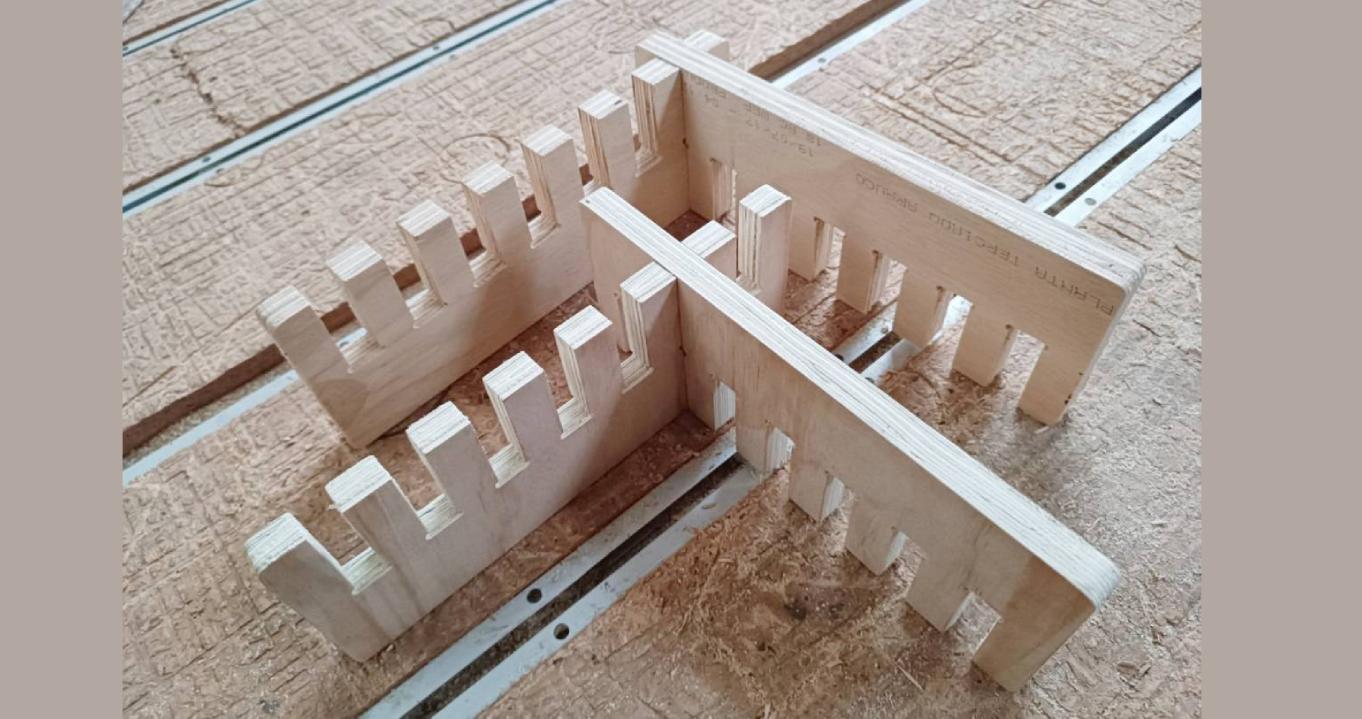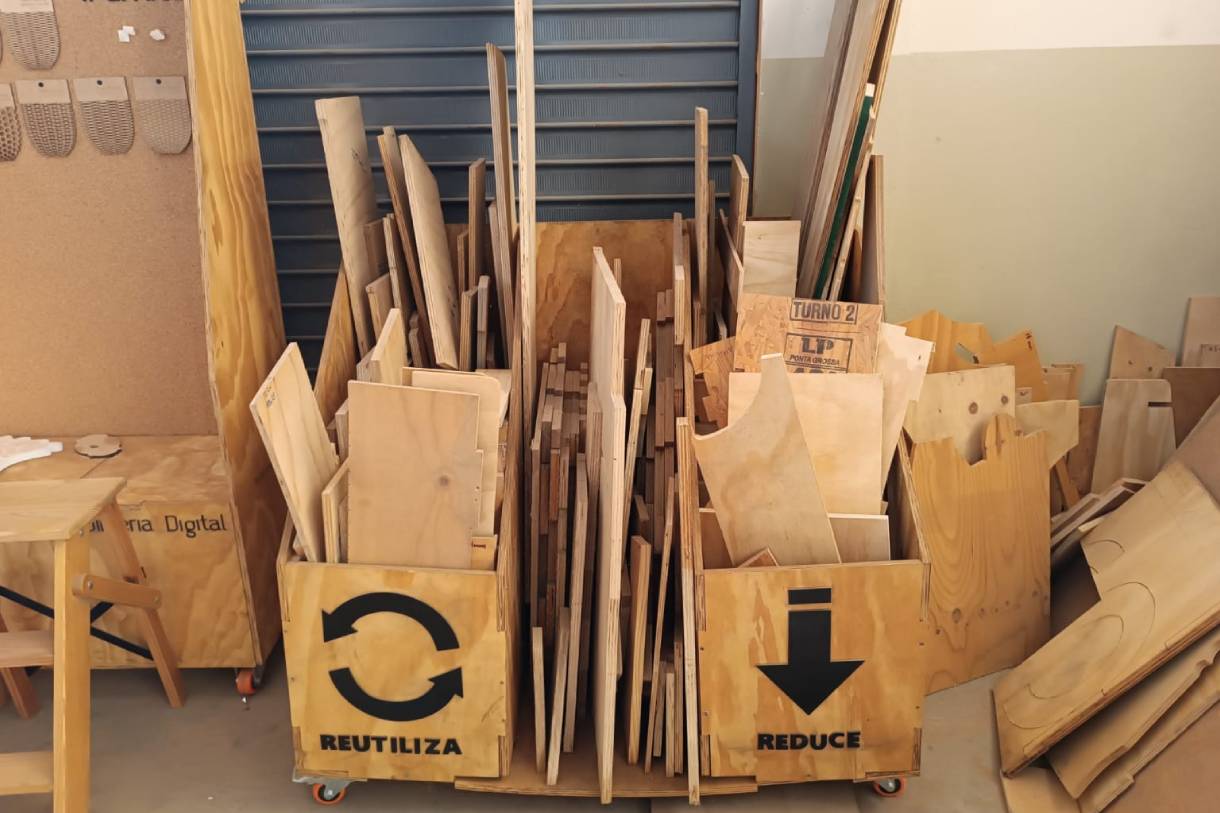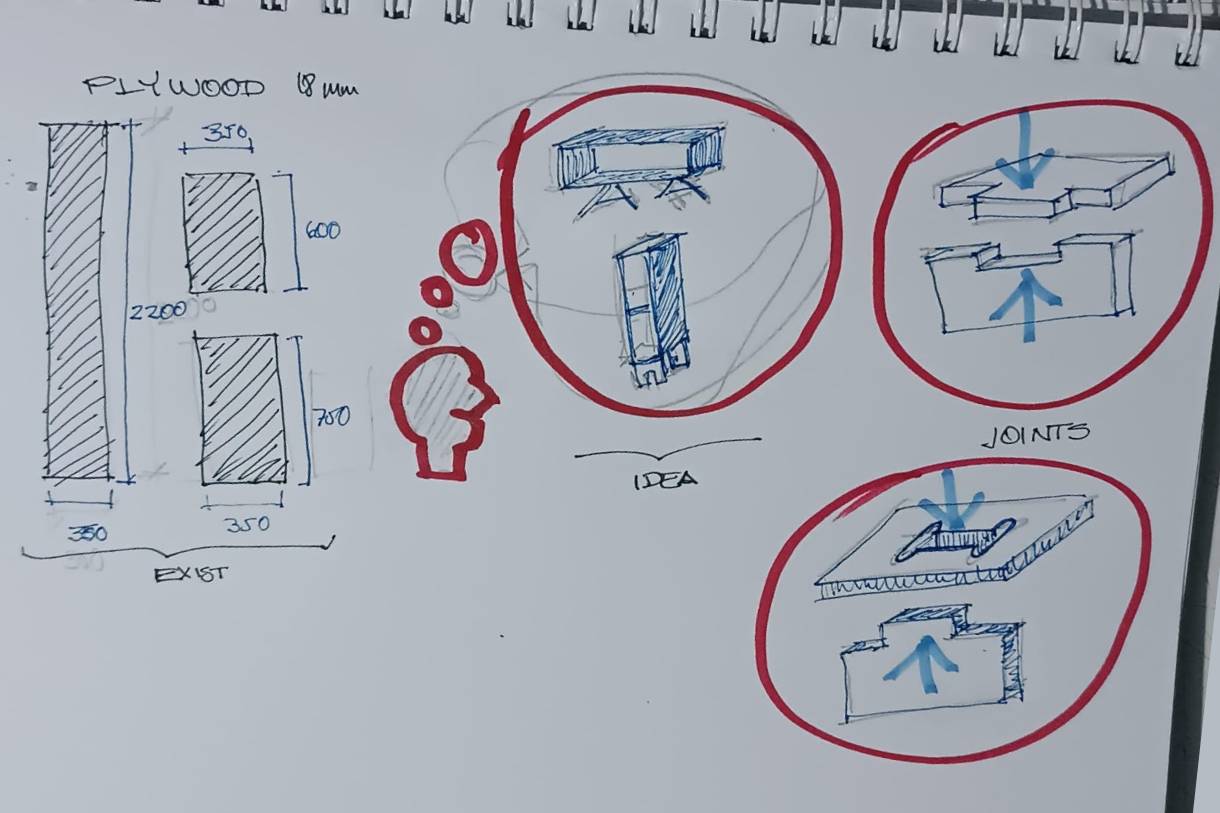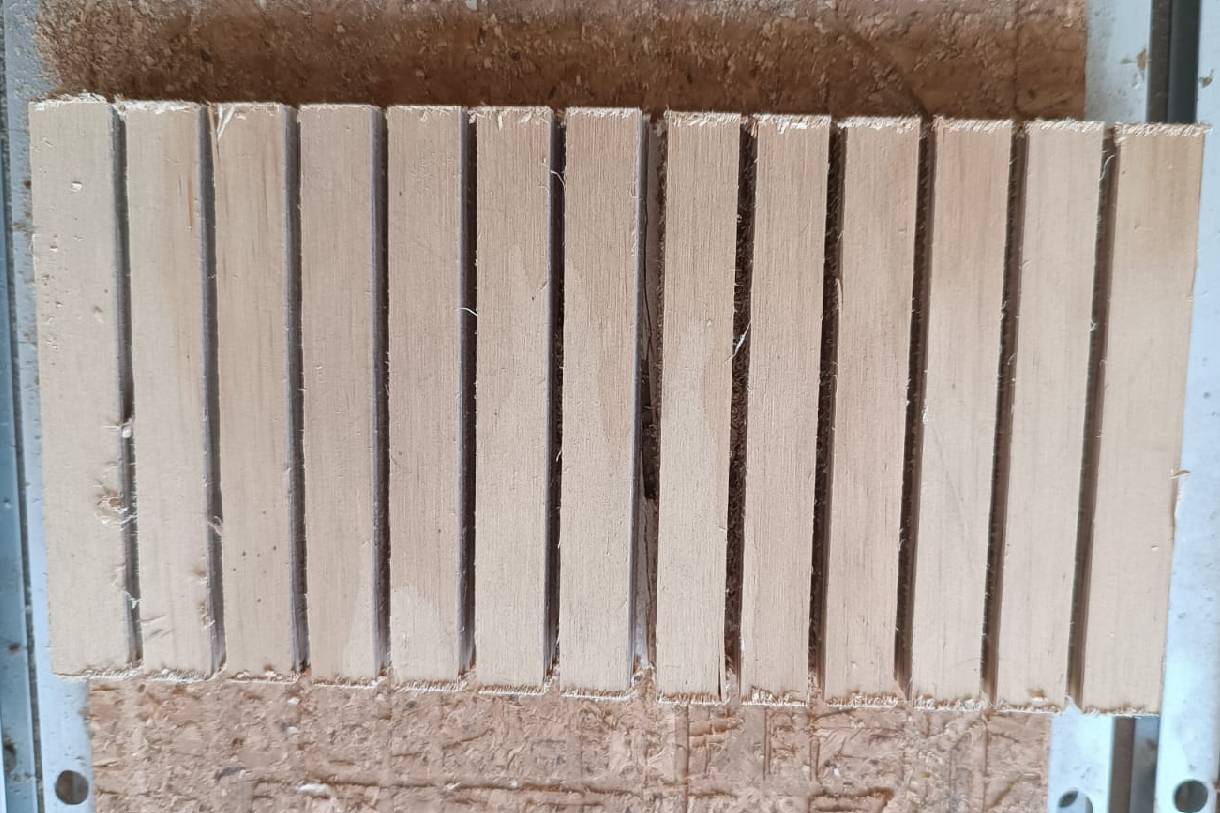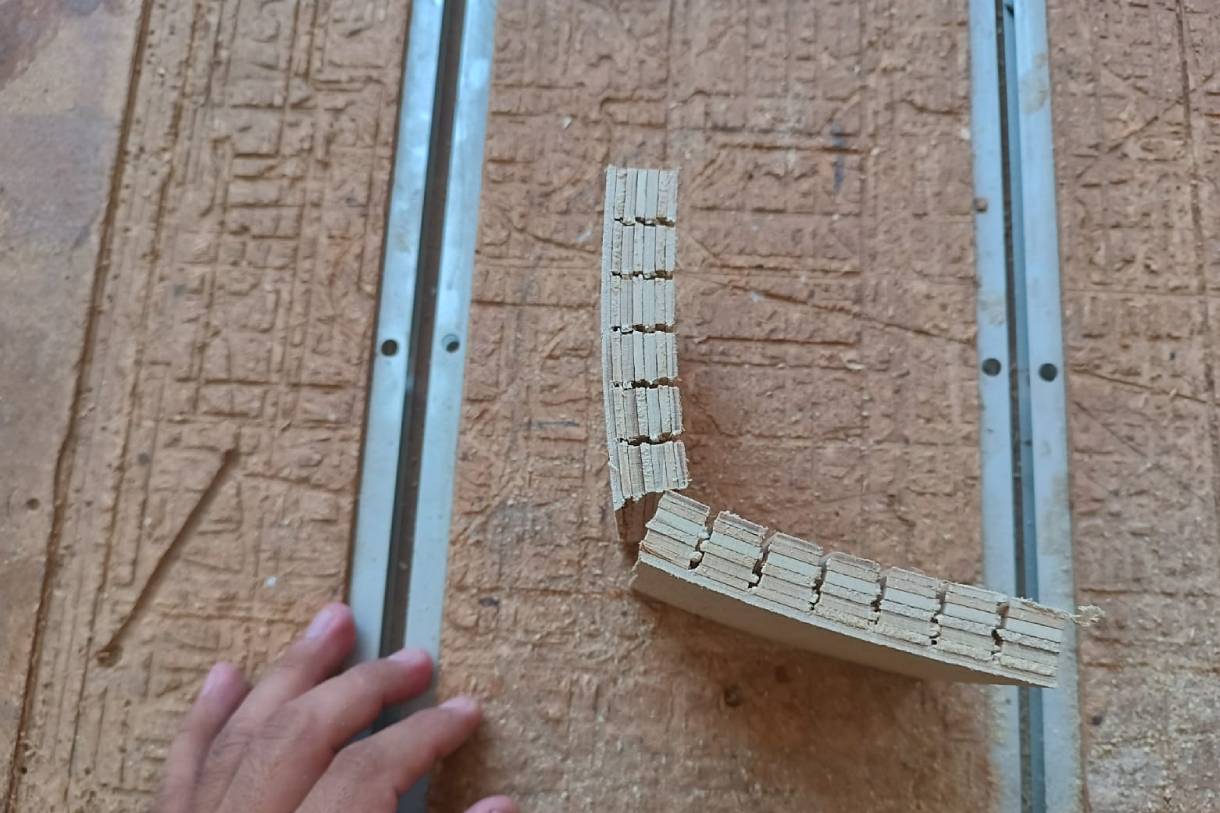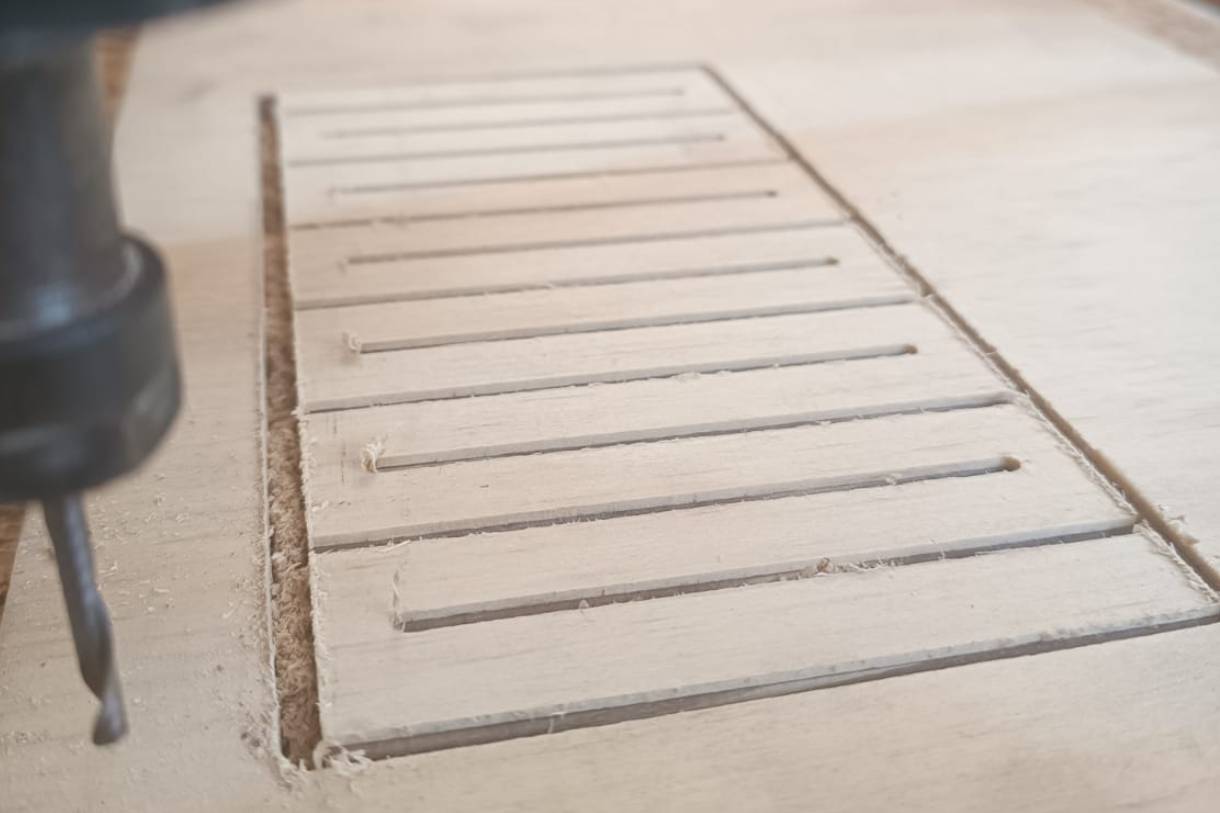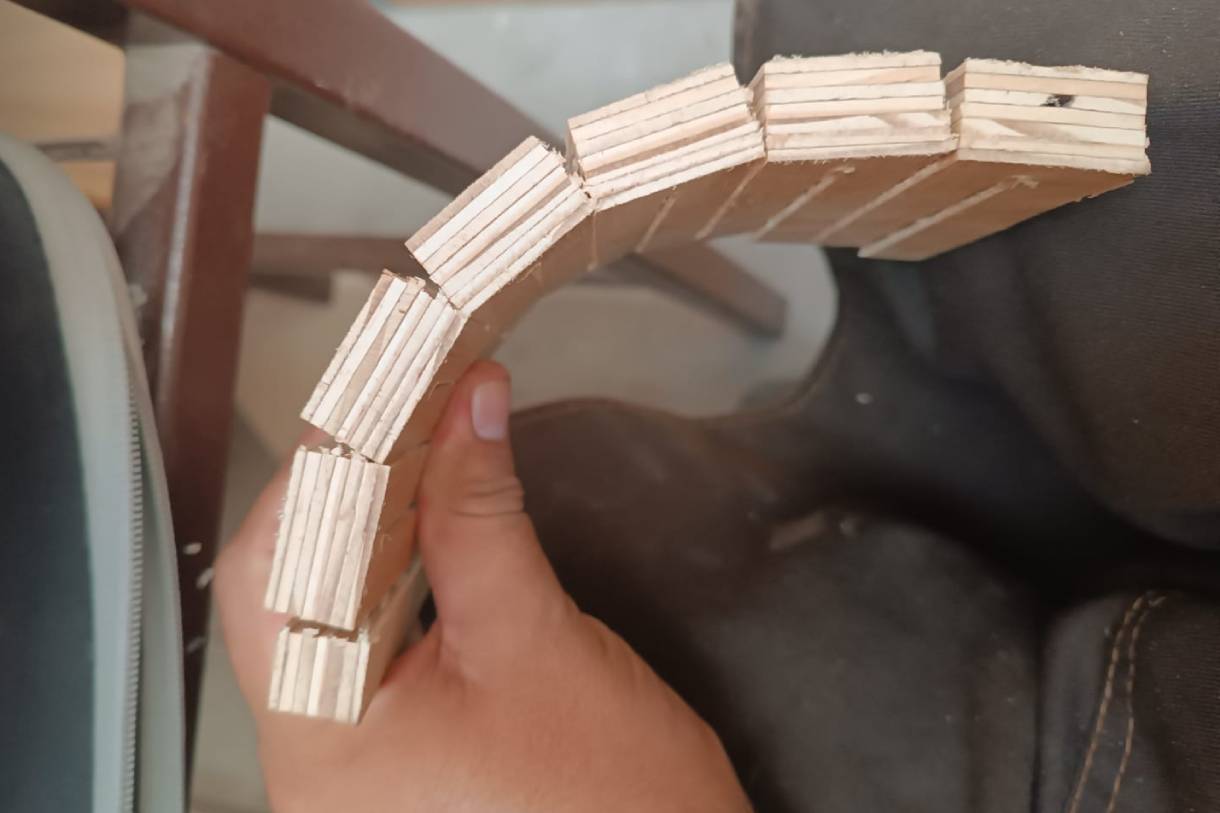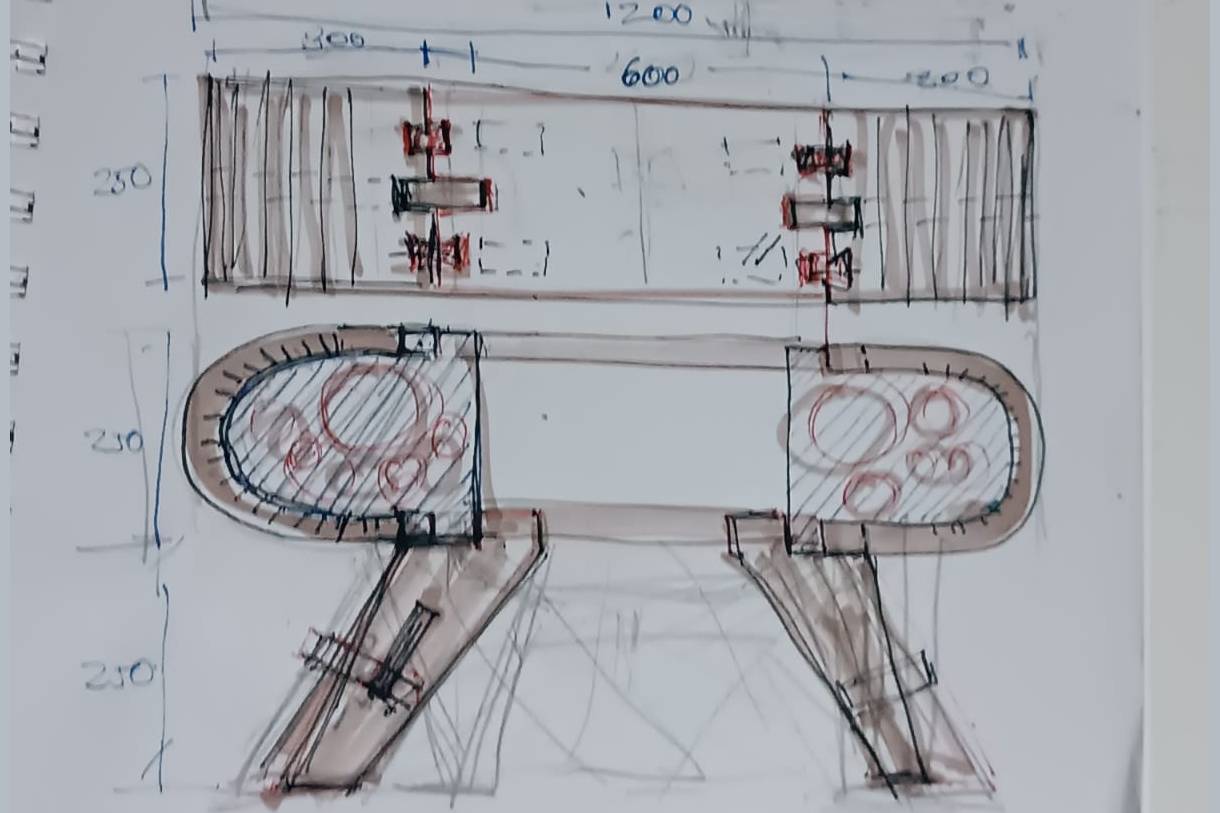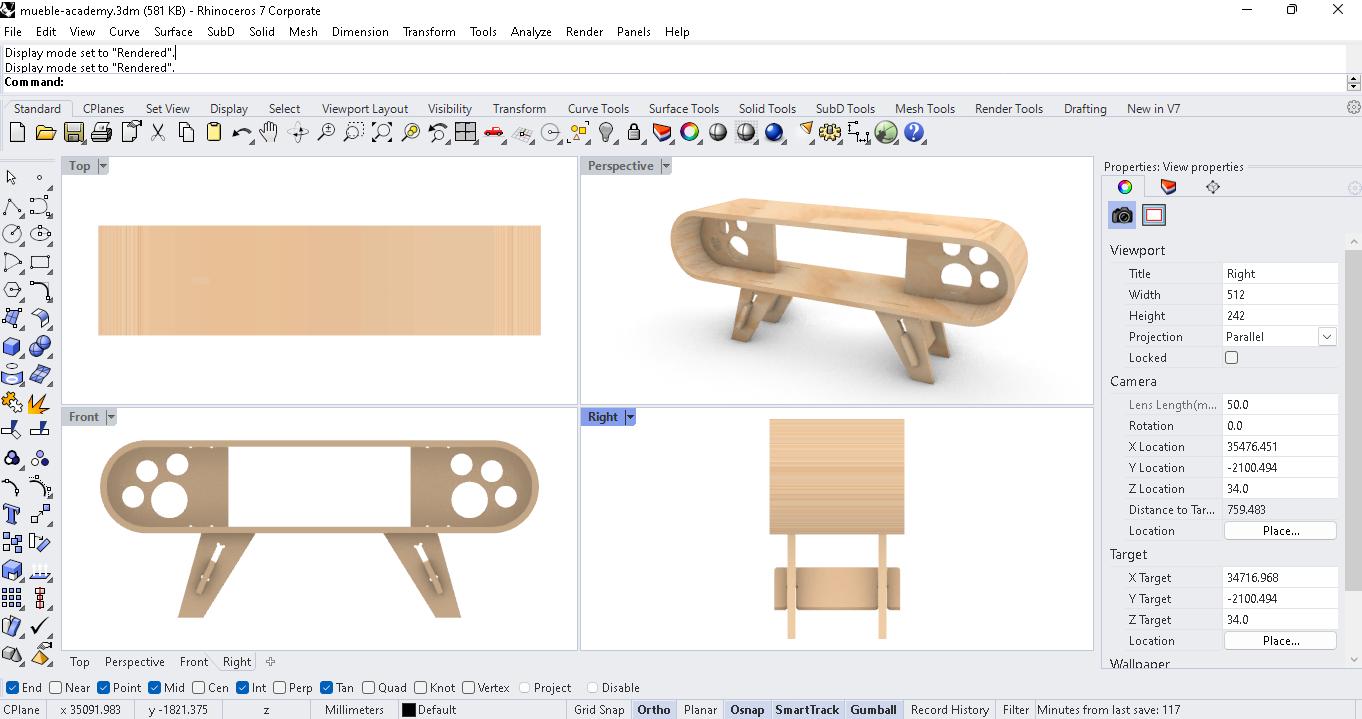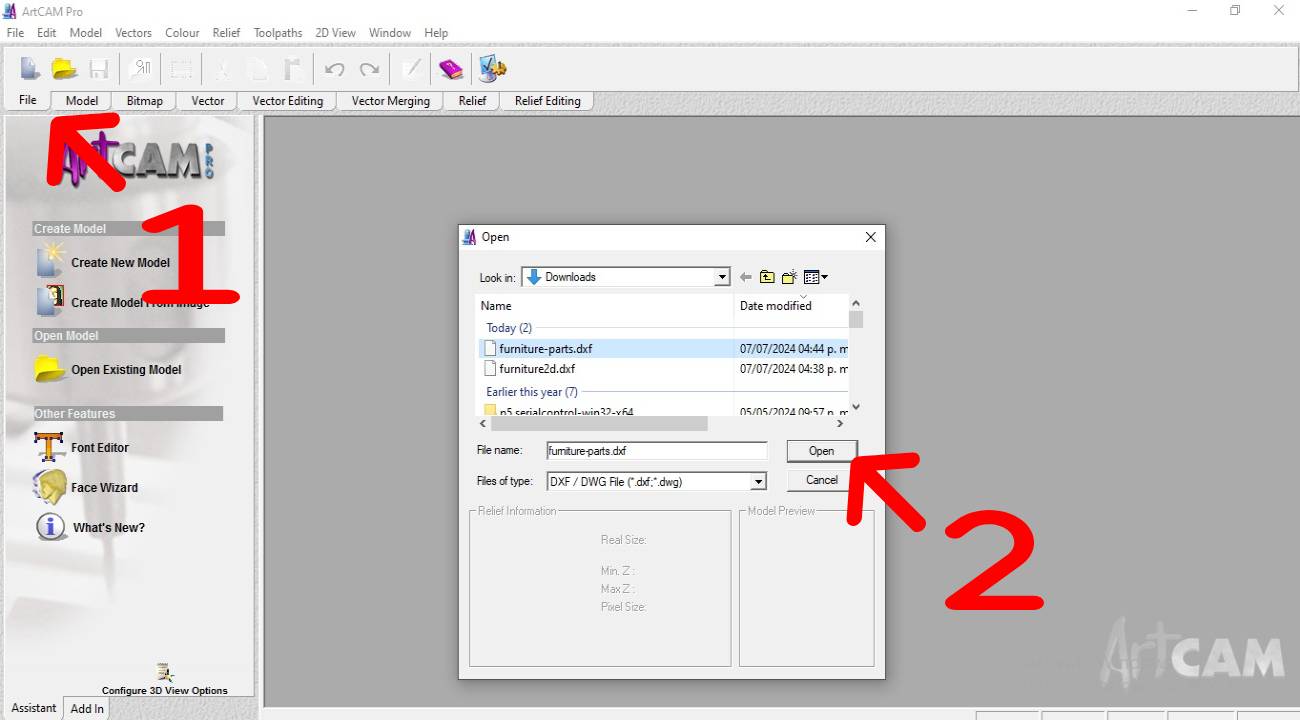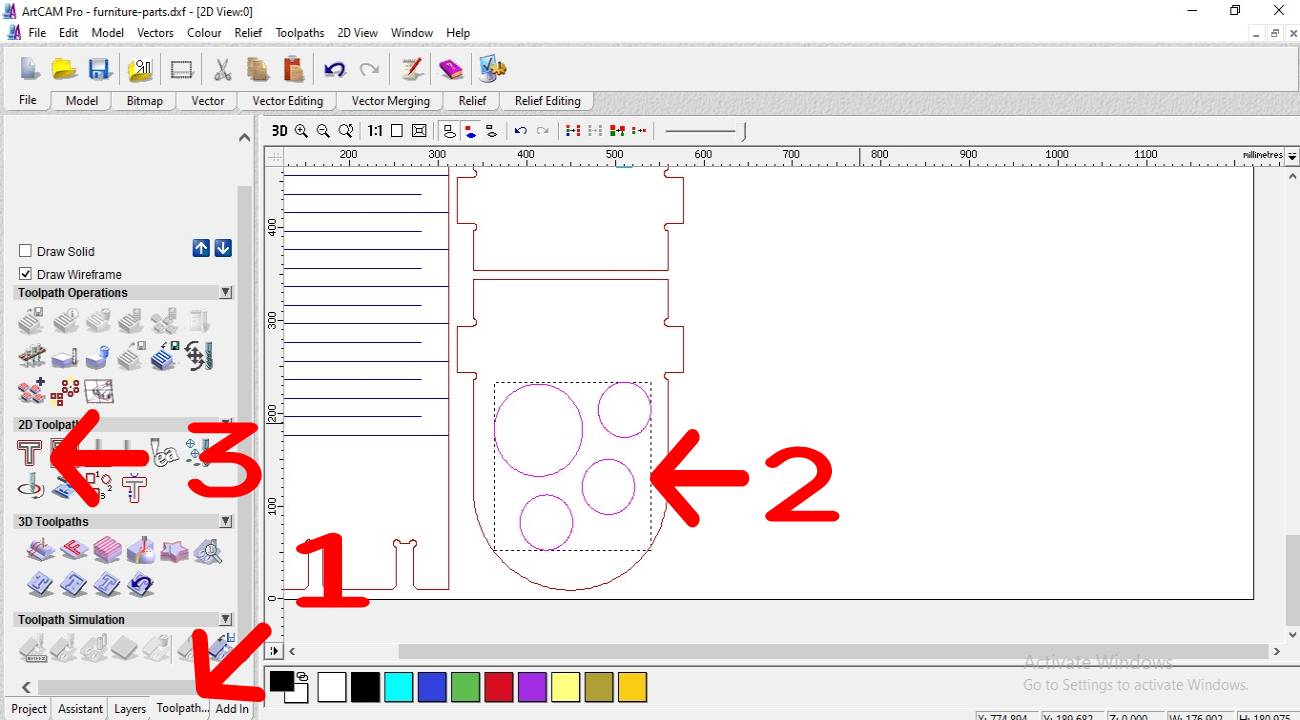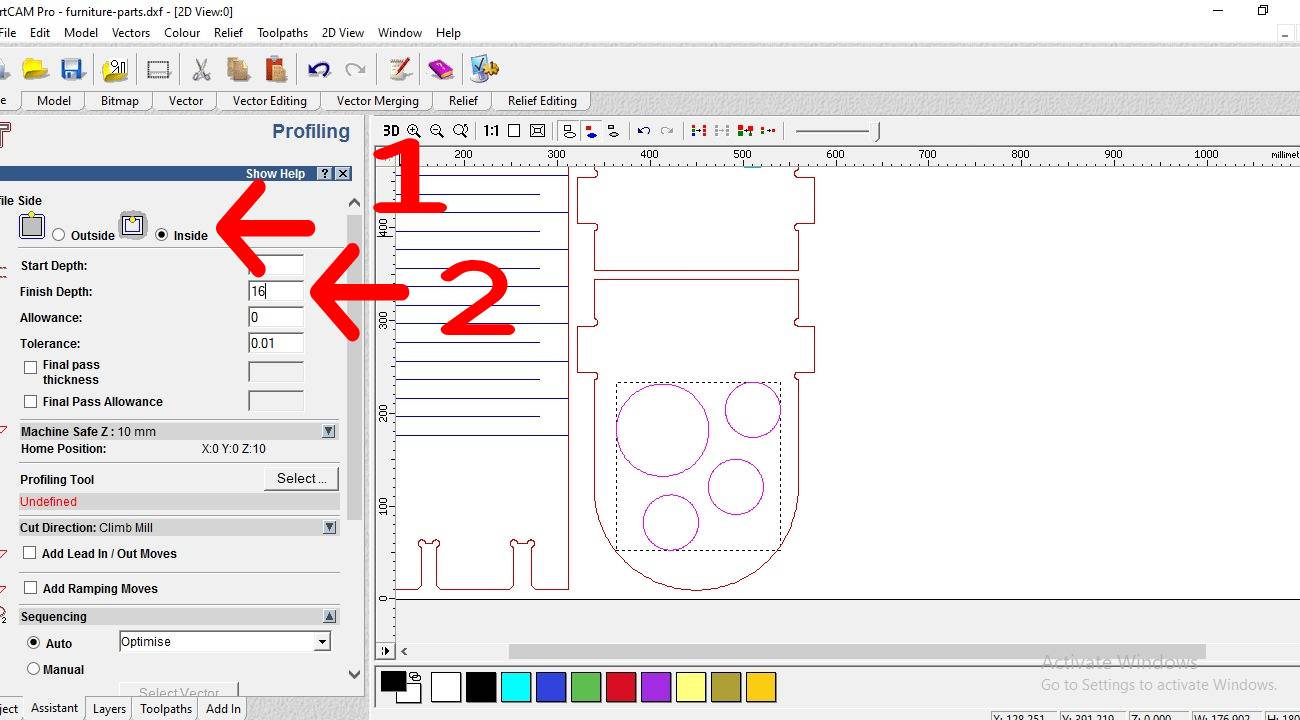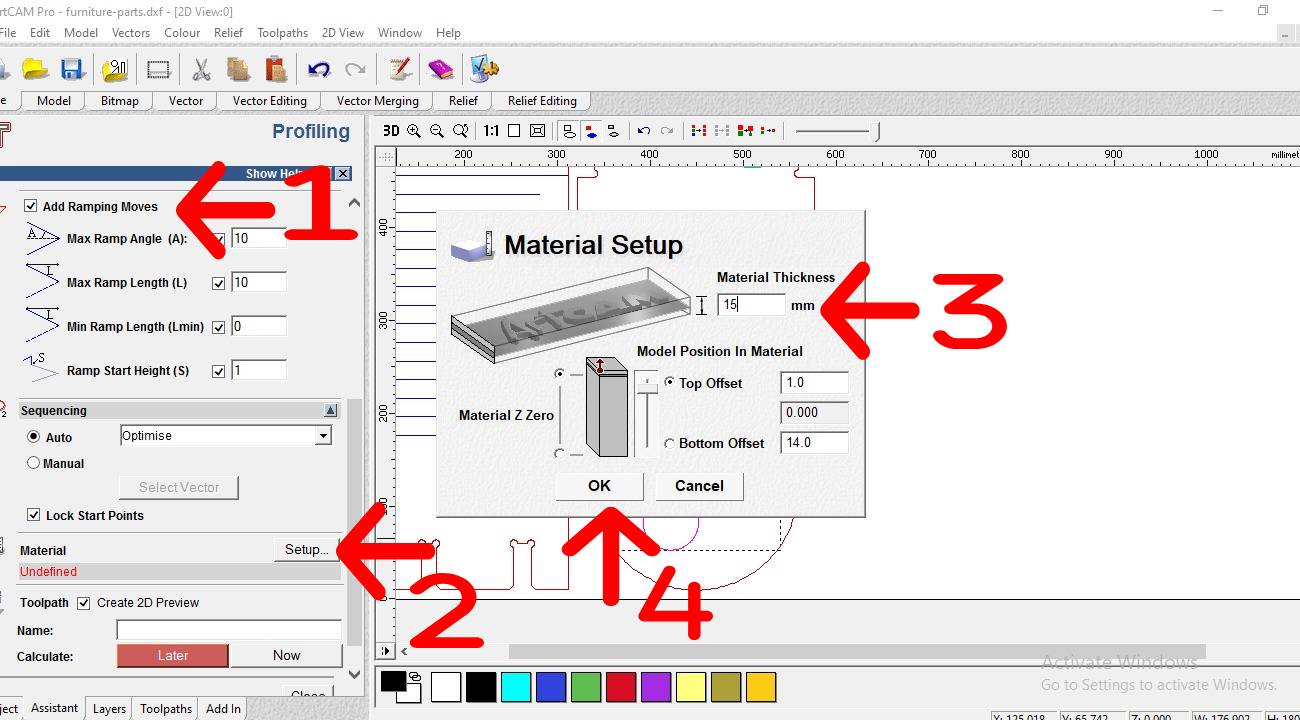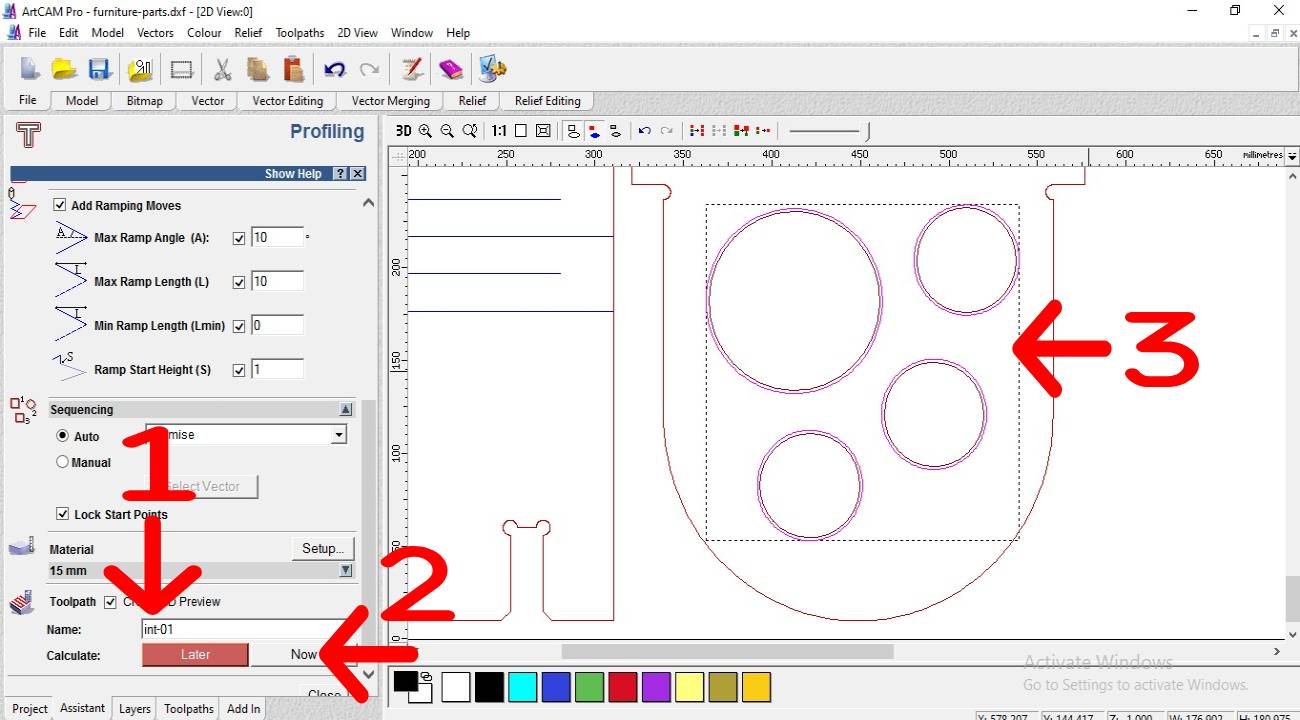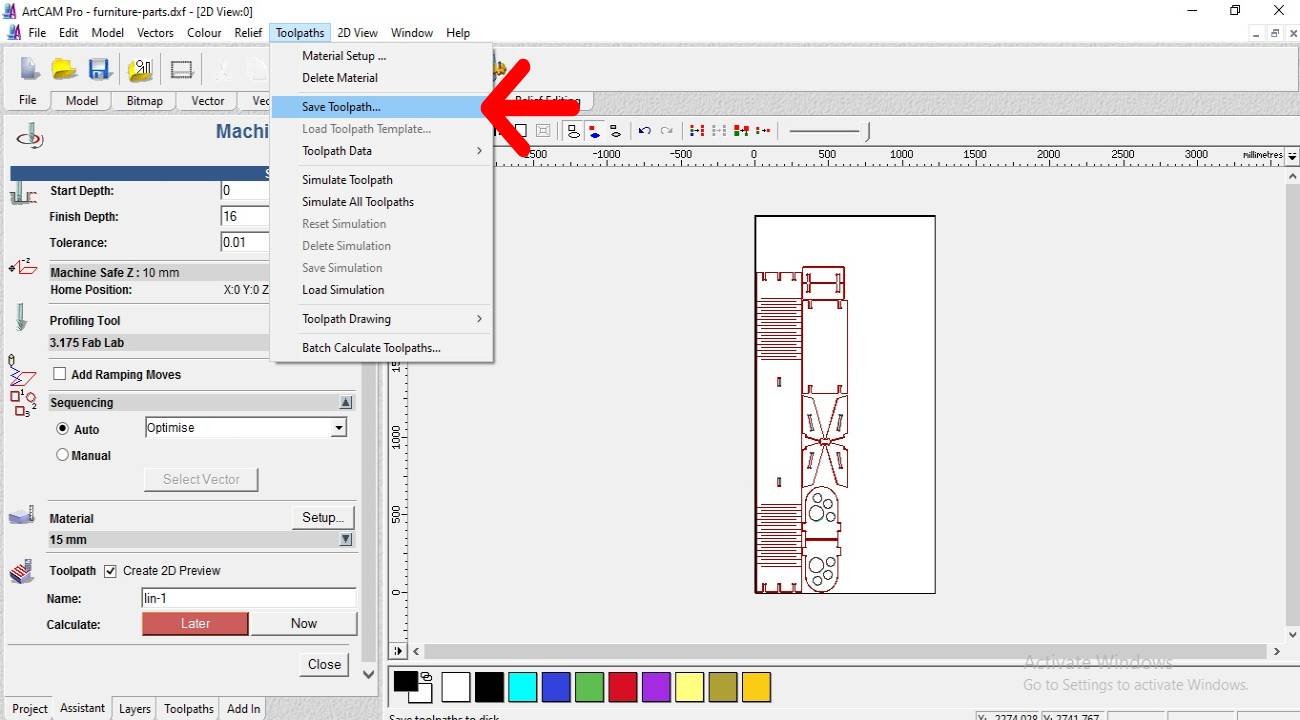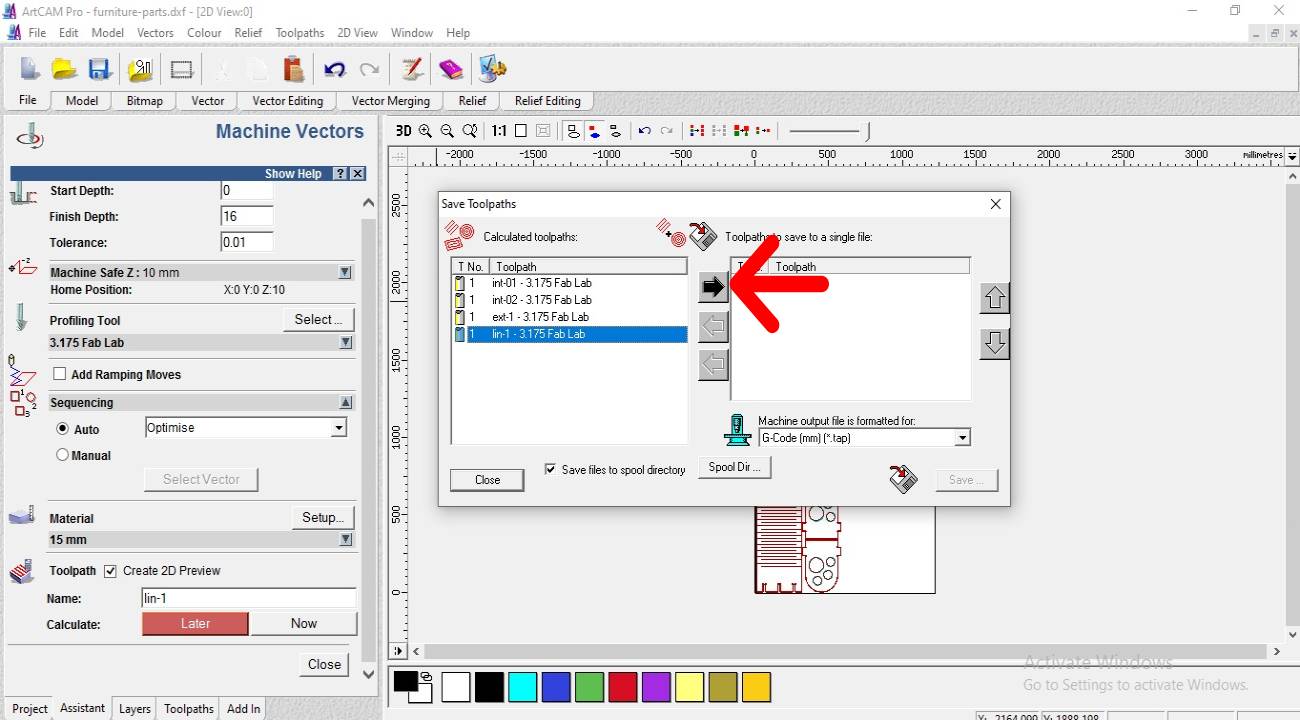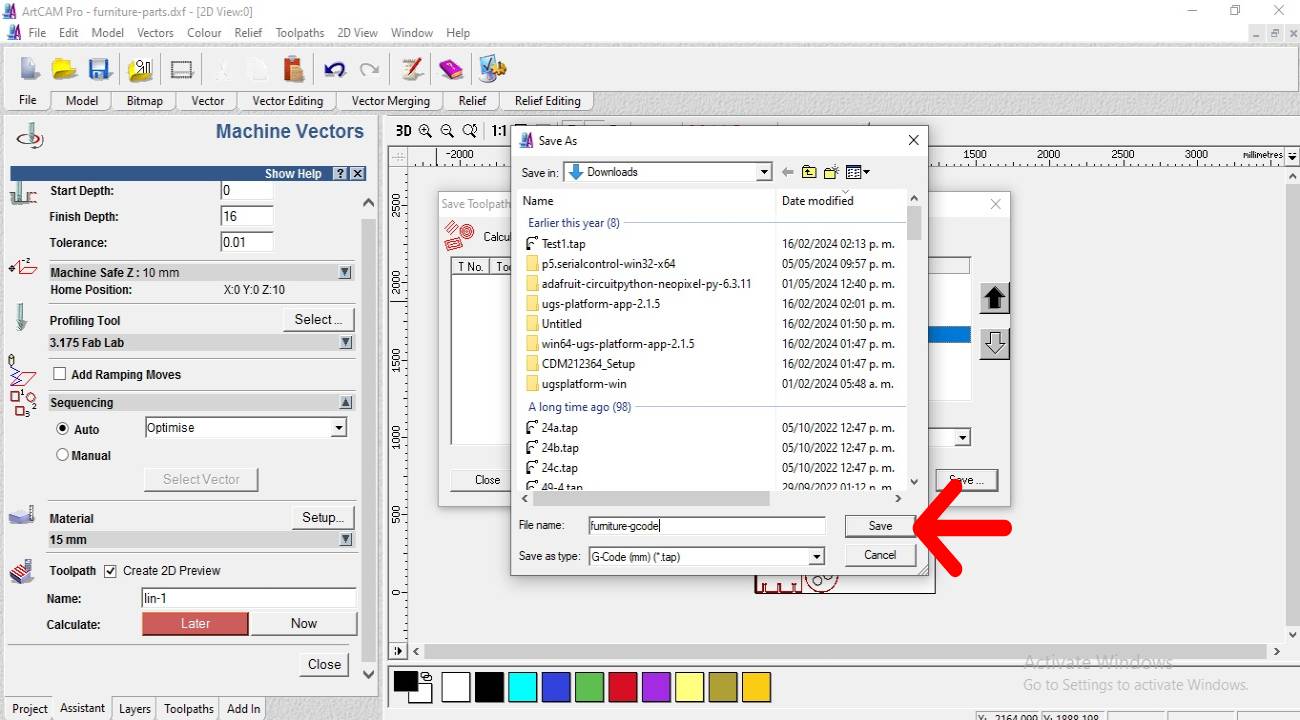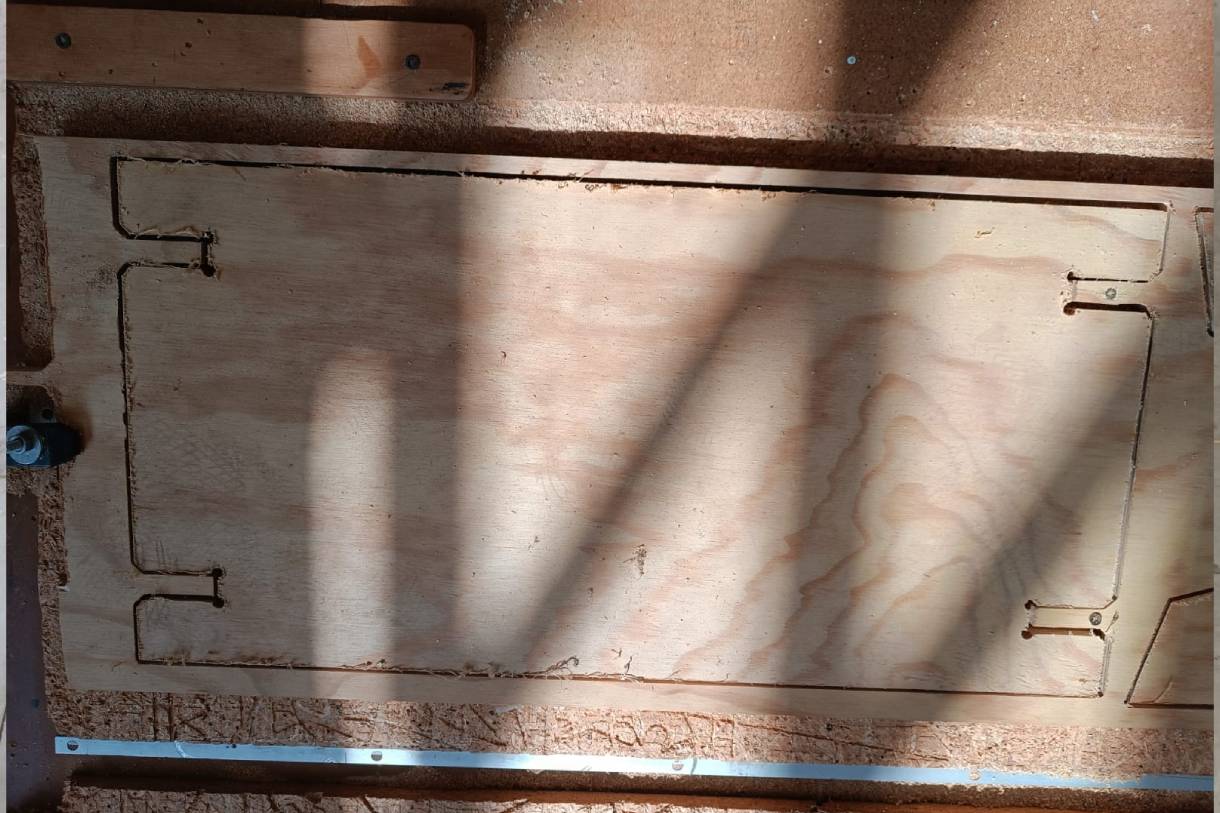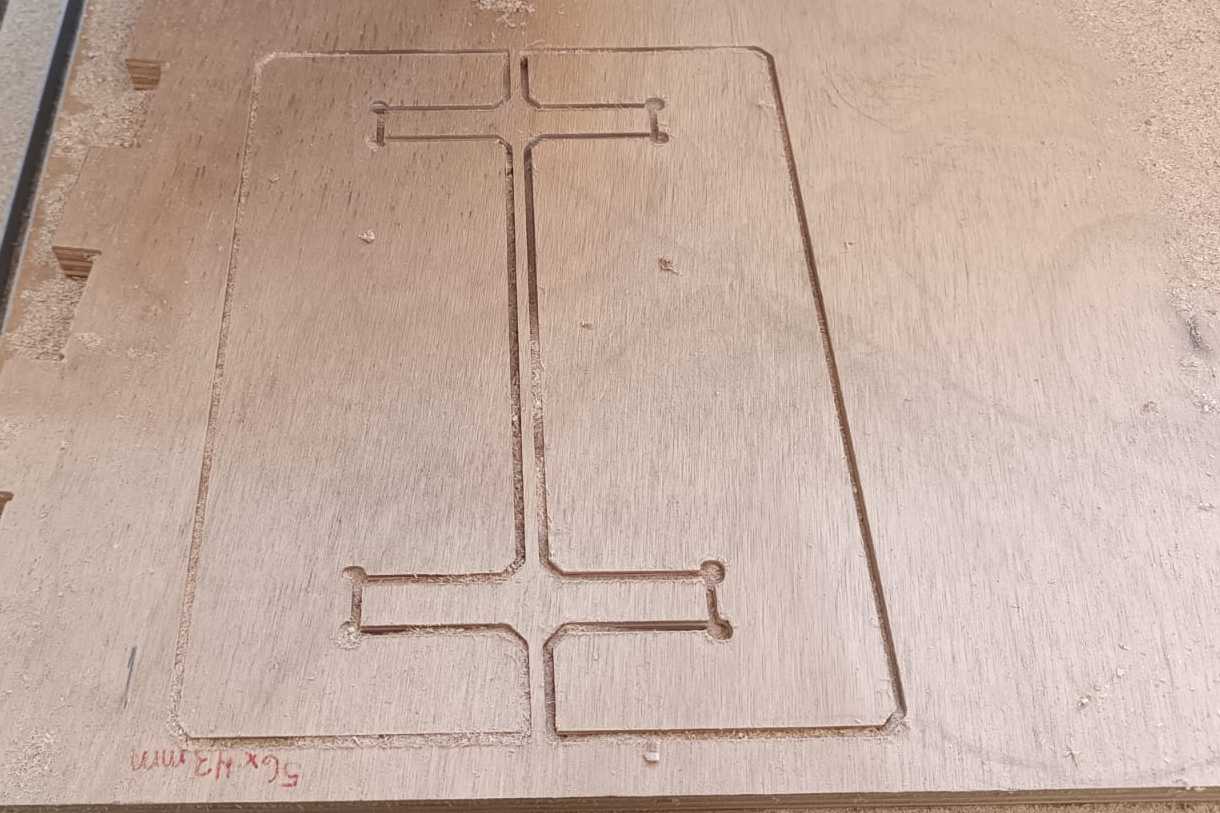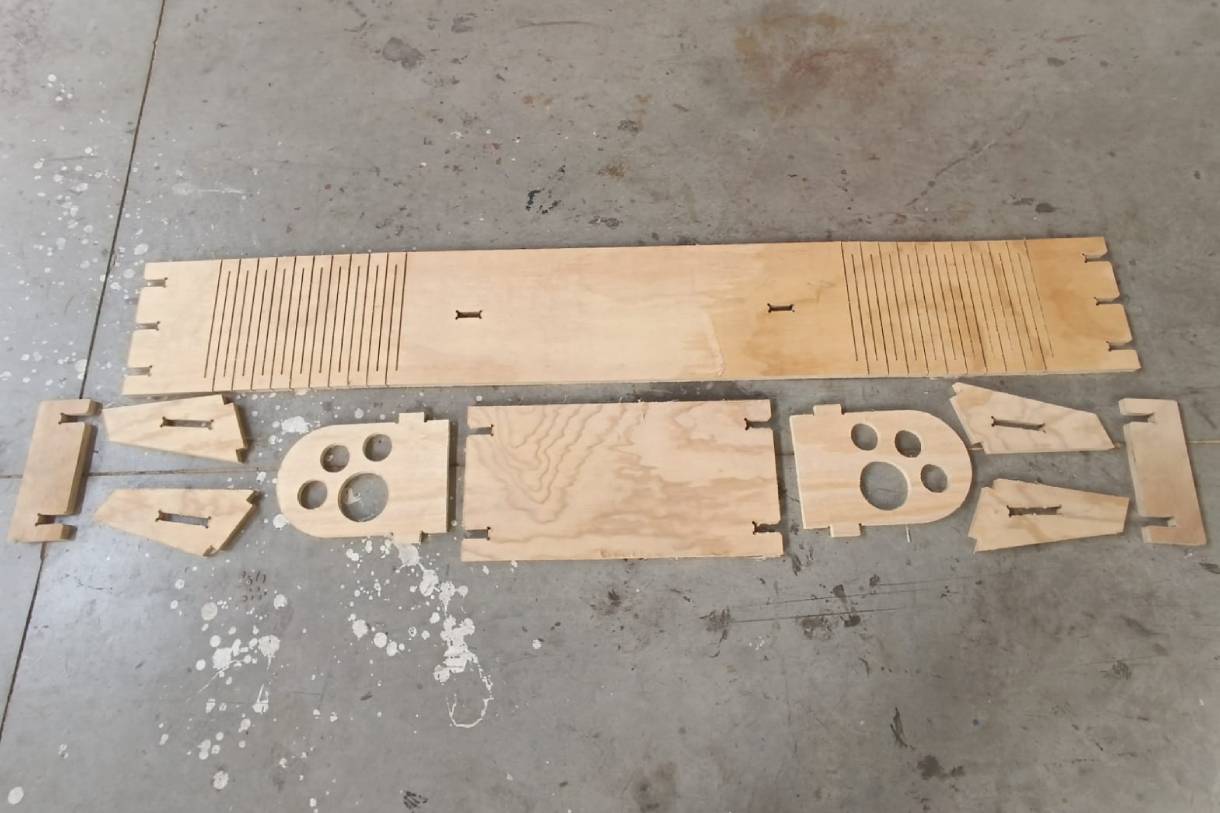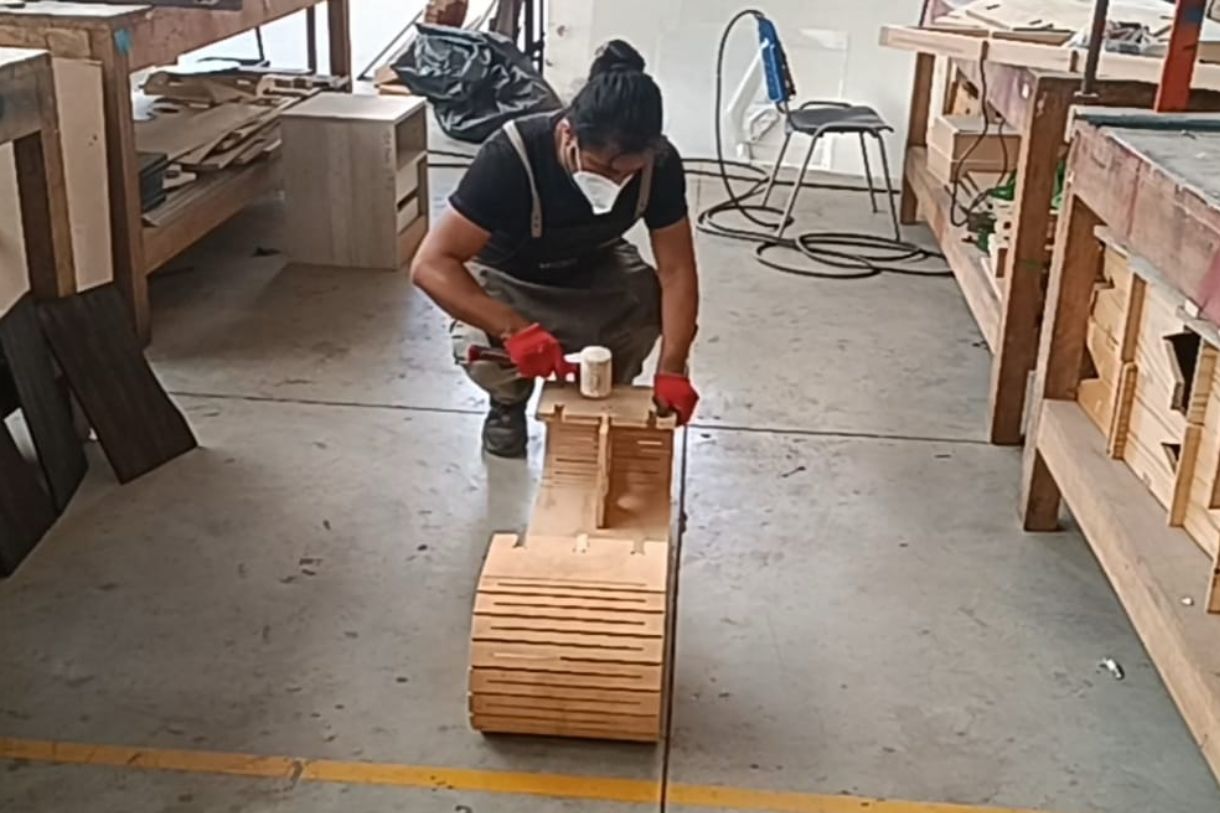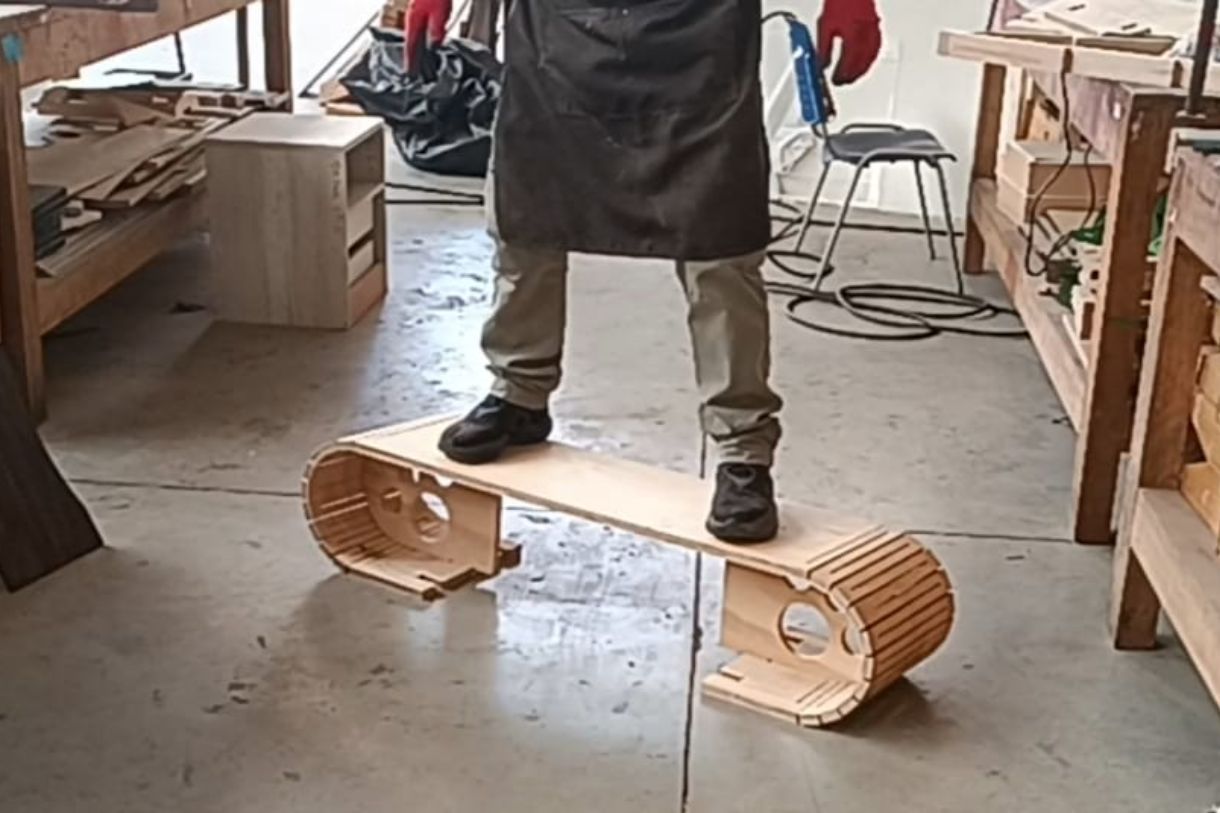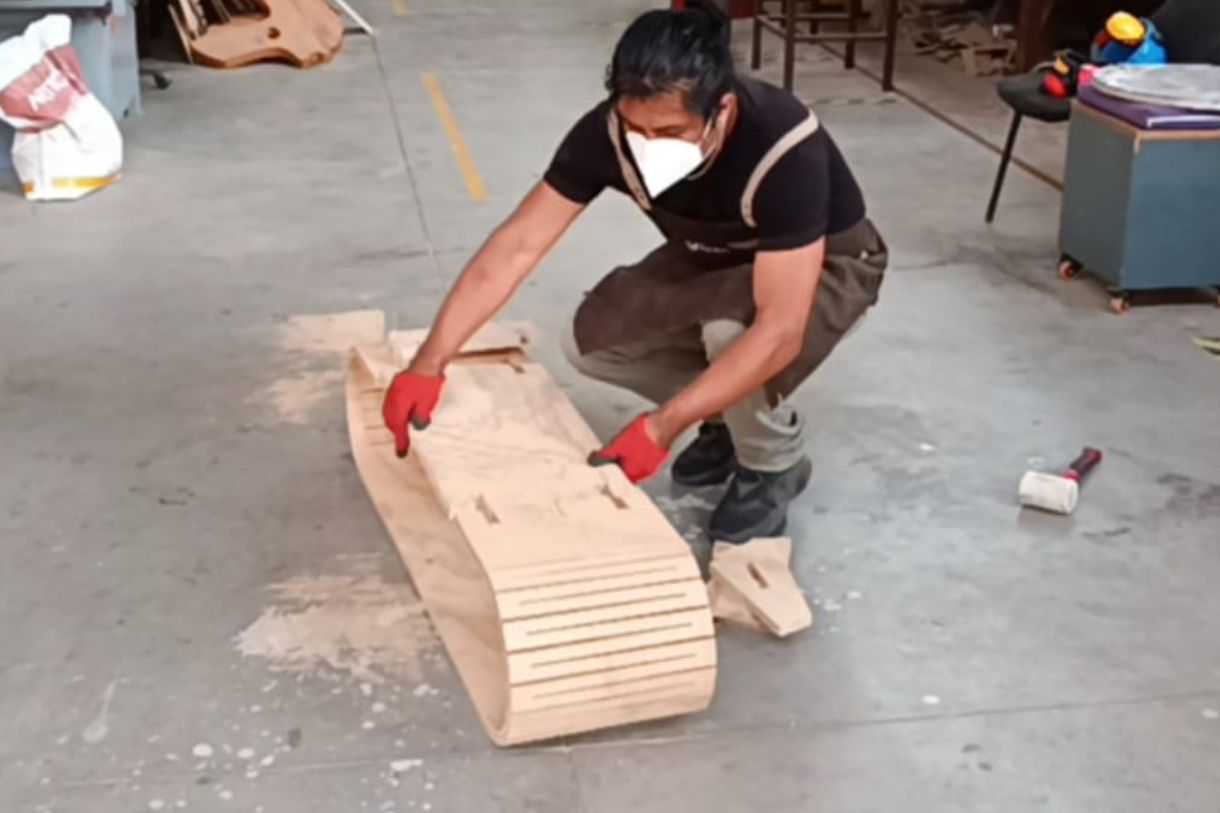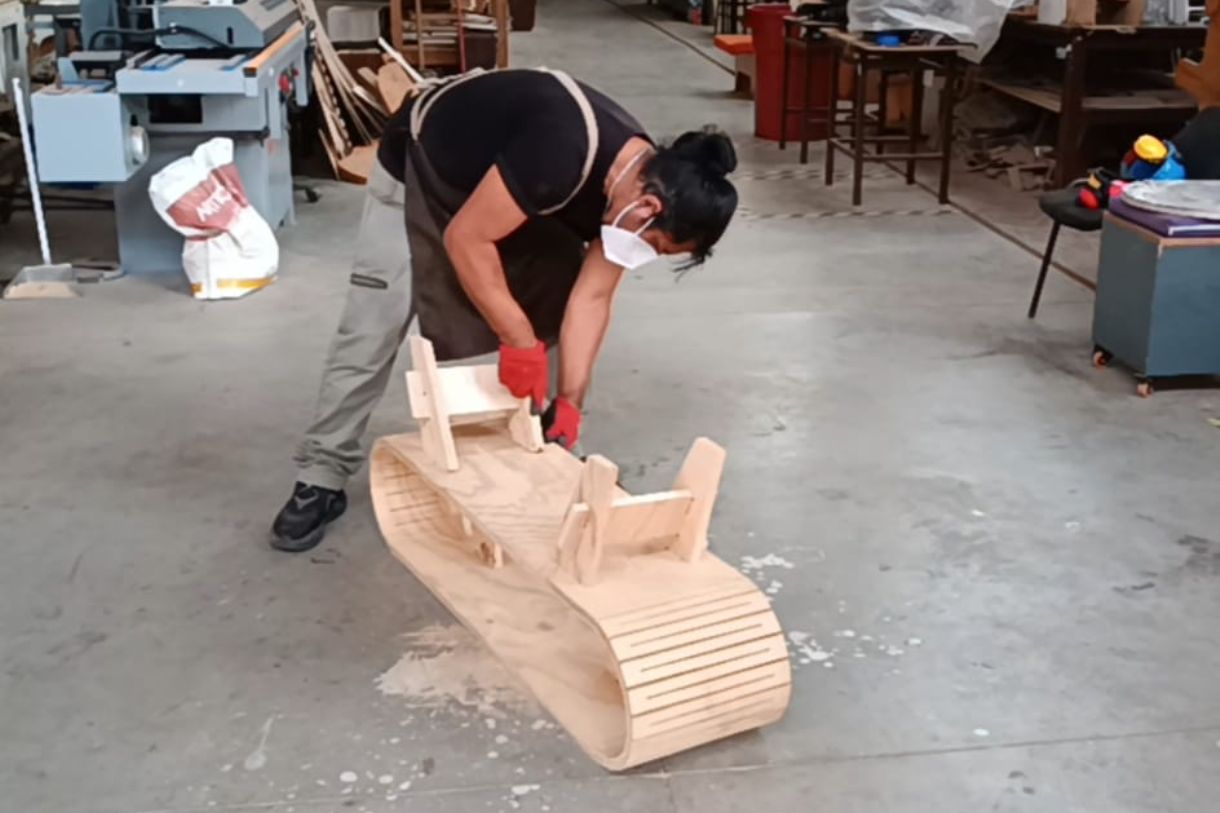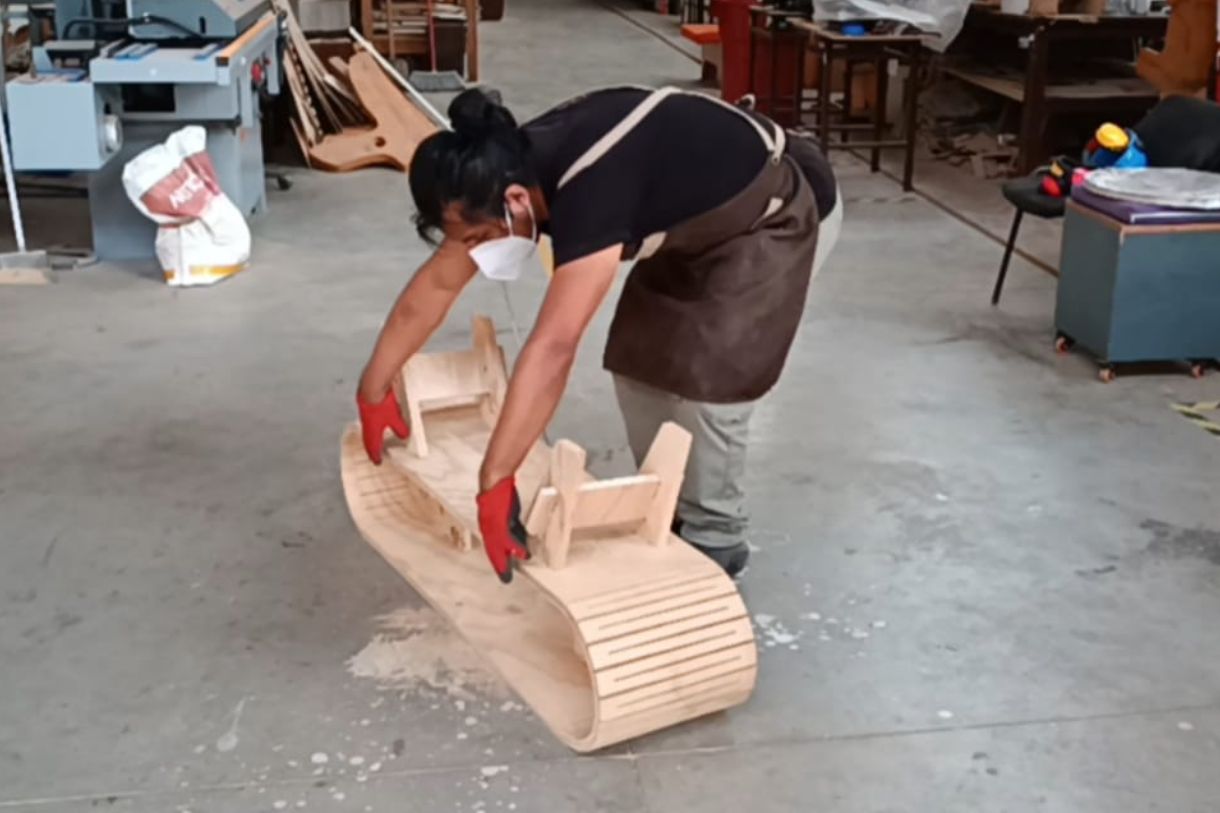Then we worked on this assignment in the Fab Lab of the Scientific University of the South, which has a SHOPBOT PR ALPHA MODEL 96-48 CNC milling machine, we did some tests.
I also did some tests in the Fab Lab ifurniture using a home made 1220mm x 2440mm router using a 3.175mm diameter milling cutter.
You can see the documentation on the group's web page
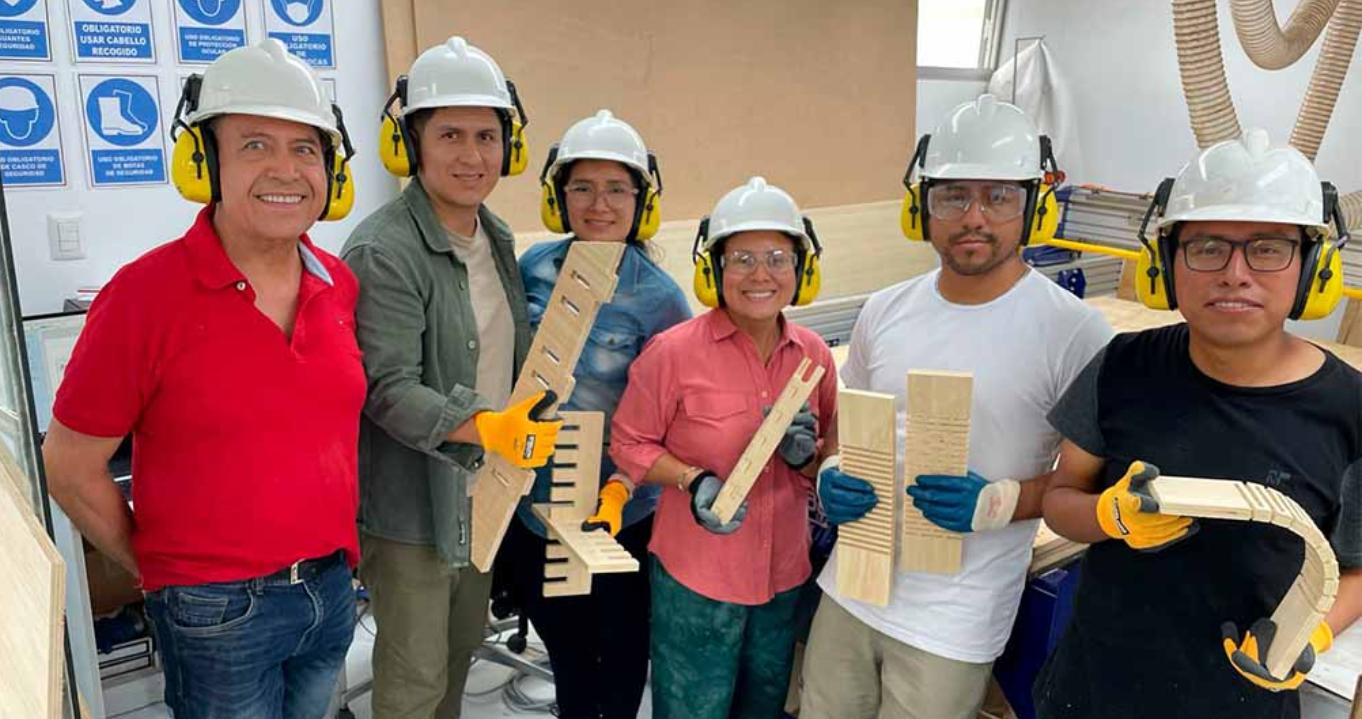
The first thing we did for this assignment was to receive a training on occupational health and safety that was organized by the iFurniture Fab Lab and delivered by the industrial engineers that are part of the iFurniture internship program.
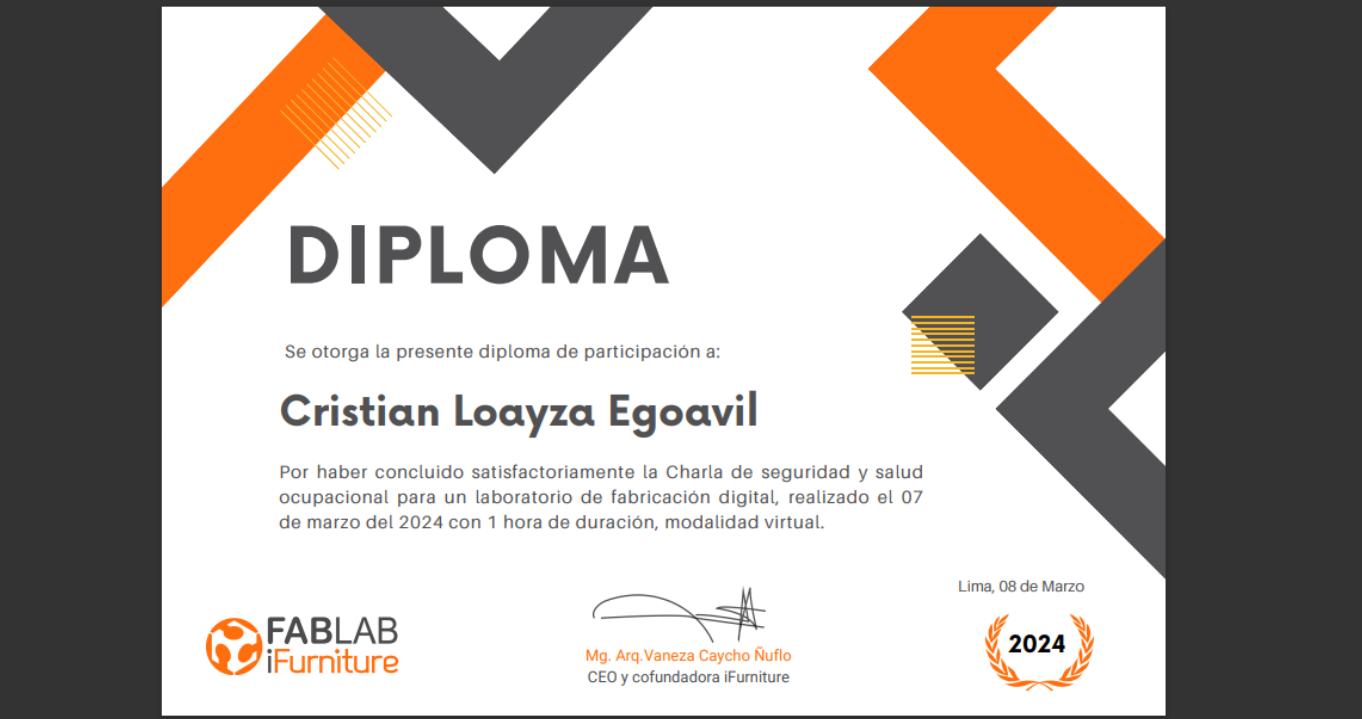
What did i learn from the talk on occupational health and safety training?
- The objective of occupational health and safety is to ensure that employees can perform their tasks in a safe and healthy manner.
- Safety signs have geometric shapes and each shape has a meaning.
- Equipment necessary for personal protection in a fab lab: gloves, ear muffs, mask, helmet, closed shoes, apron, glasses.
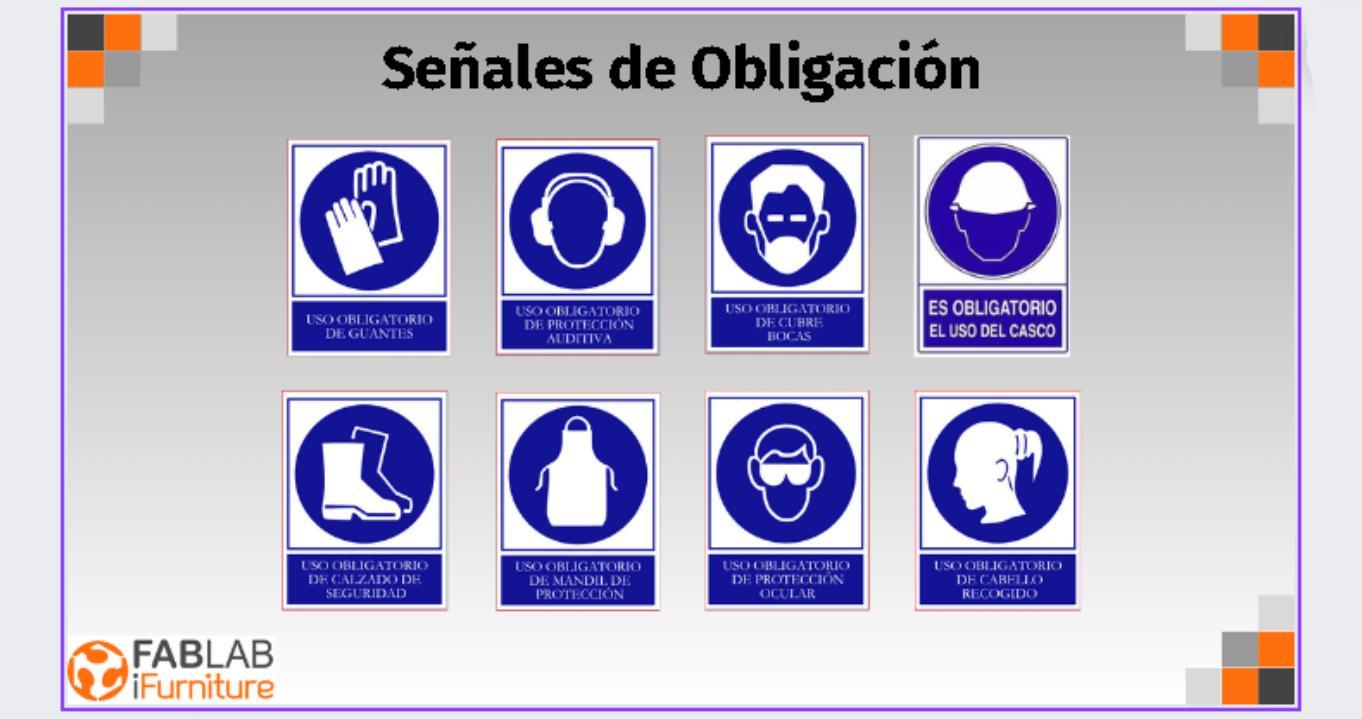
What have I learned by doing the cutting tests with the CNC router?
Know the technical specifications of the CNC machine to be used.
We have to perform test fittings and digital joints with different types of milling.
Tests performed on the CNC router machine provide valuable information on the efficiency and accuracy of the cutting process.
Cutting tests evaluate the quality of the finish of the materials, including the smoothness of the edges, the precision of the shapes and the absence of imperfections.
